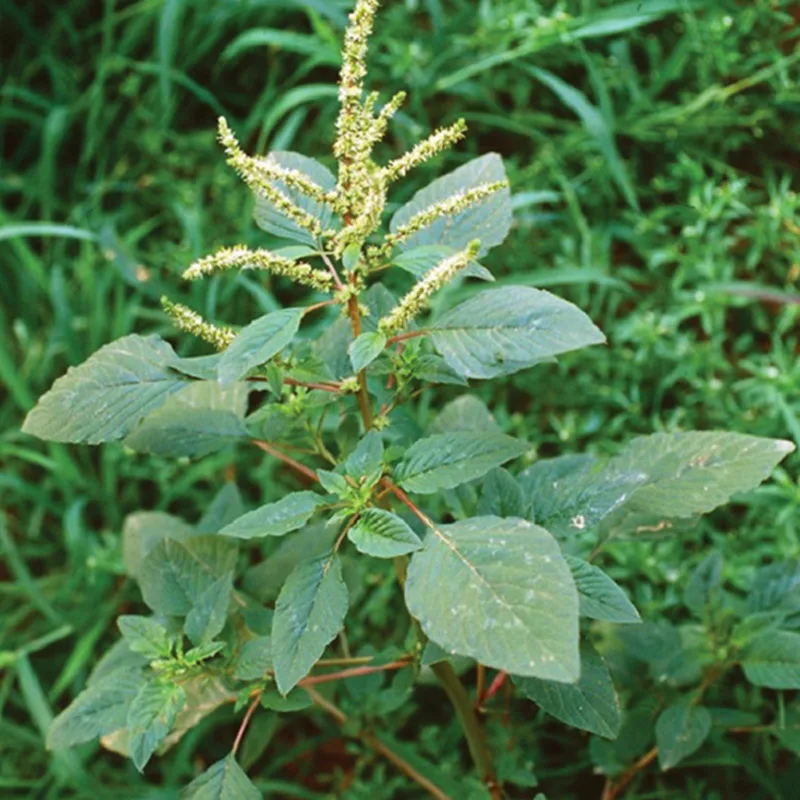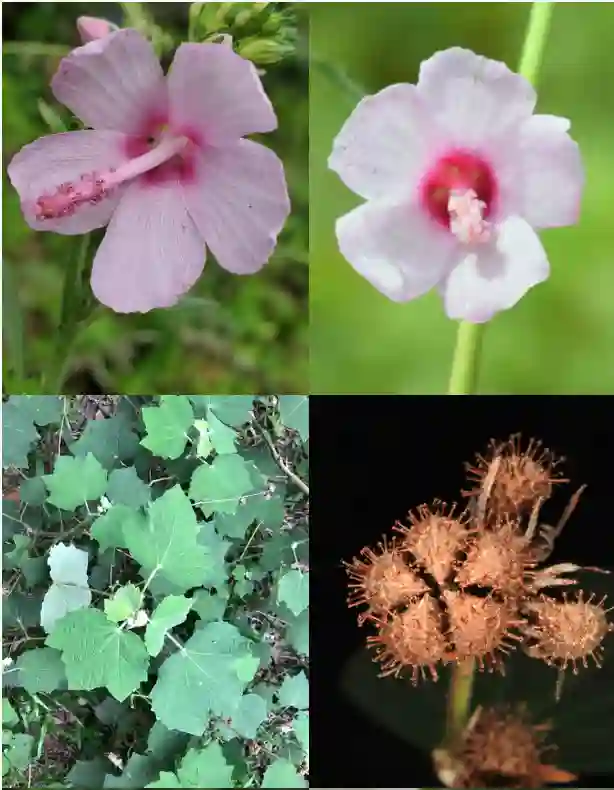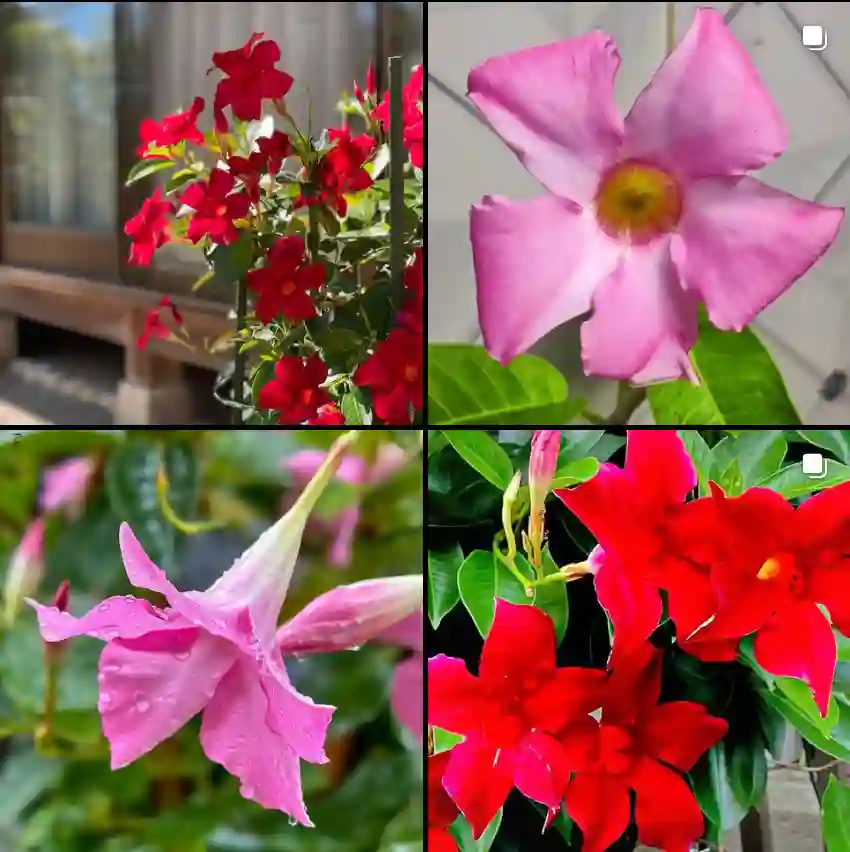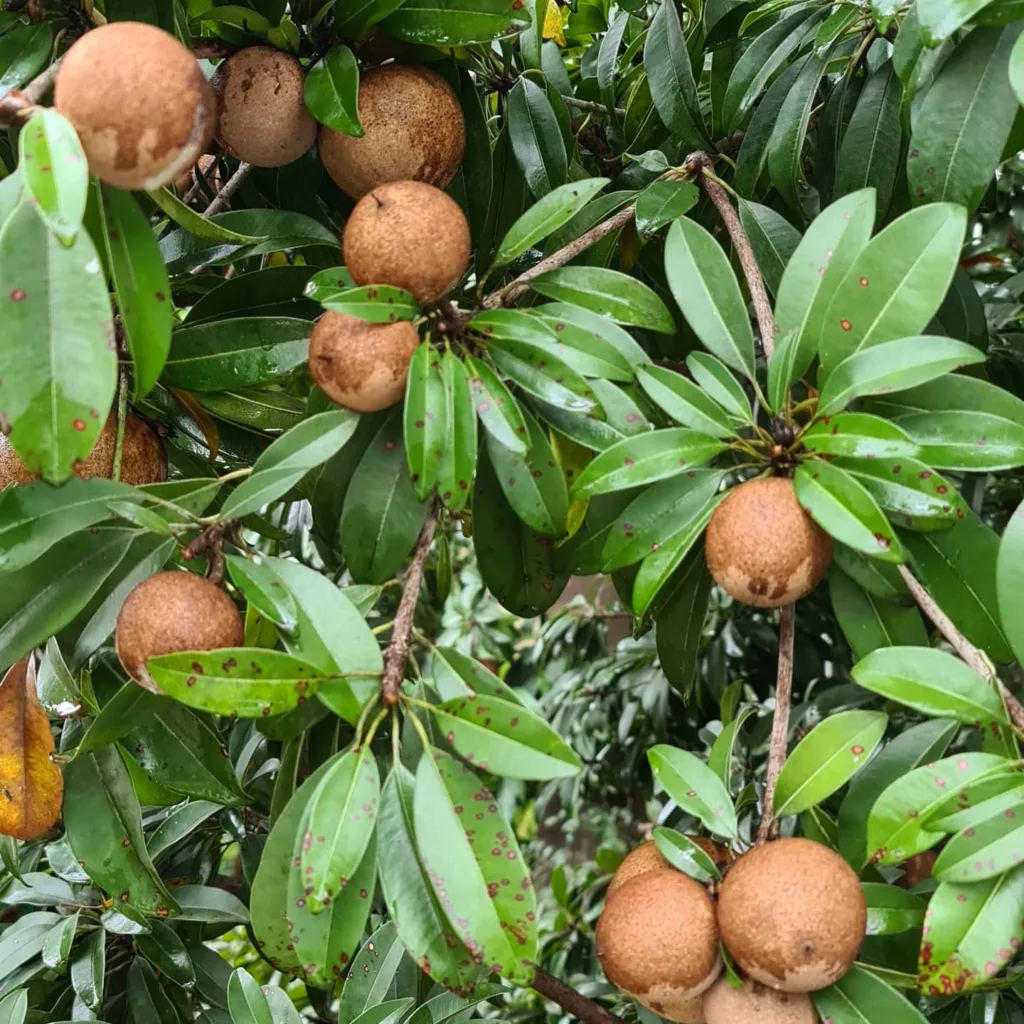FAQs About Hypericum Hypericoides
As a passionate gardener, I’ve had my fair share of experience with Hypericum Hypericoides, commonly known as St. Andrew’s Cross. If you’re thinking of adding this unique shrub to your garden, you probably have some questions. Here’s a comprehensive guide to address some of the most frequently asked questions about Hypericum Hypericoides.
525 Species in Genus Hypericum
What Is Hypericum Hypericoides?
Hypericum Hypericoides is a deciduous shrub native to the southeastern United States. It’s well-known for its striking yellow flowers and dense foliage. The plant typically grows to about 3-6 feet tall and wide, making it a great choice for garden borders or as a specimen plant. It’s often admired for its showy blooms and attractive foliage that provides interest throughout the growing season.
How to Care for Hypericum Hypericoides?
Caring for Hypericum Hypericoides is relatively straightforward. It thrives in well-drained soil and prefers full sun to partial shade. The plant is quite hardy and can tolerate a range of soil types, although it performs best in slightly acidic to neutral soil. Regular watering is important, especially during dry spells, but be sure not to overwater as this can lead to root rot. Pruning is best done in late winter or early spring to maintain its shape and remove any dead or damaged wood.
How to Propagate Hypericum Hypericoides?
Propagating Hypericum Hypericoides can be done through both seeds and cuttings. For seed propagation, sow the seeds in a seed-starting mix and keep them moist until they germinate. This usually takes a few weeks. For cuttings, take softwood cuttings in early summer, dip them in rooting hormone, and plant them in a well-draining potting mix. Keep the cuttings in a warm, humid environment until they root, which can take several weeks.
Is Hypericum Hypericoides Edible?
You might be wondering, “Is Hypericum Hypericoides edible?” The answer is no. While some species of Hypericum, such as Hypericum perforatum (St. John’s Wort), are used for their medicinal properties, Hypericum Hypericoides is not typically consumed. Its primary use is ornamental, and it is not known for any edible or medicinal qualities.
Can You Grow Hypericum Hypericoides Indoors?
While Hypericum Hypericoides is best suited for outdoor gardens, it is possible to grow it indoors with the right conditions. You would need a large pot, plenty of sunlight, and a well-draining potting mix. Indoor growth can be more challenging due to the plant’s size and light requirements, so it’s usually recommended to grow it outdoors where it can fully thrive.
Is Hypericum Hypericoides Toxic?
Hypericum Hypericoides is generally considered non-toxic to humans and pets. However, as with many plants, it’s best to keep an eye on pets and small children to prevent them from consuming any part of the plant. If ingestion occurs and you’re concerned, consult with a medical professional or poison control center for advice.
What to Plant With Hypericum Hypericoides?
Hypericum Hypericoides pairs well with a variety of other plants. For a colorful garden, consider planting it alongside ornamental grasses, such as Blue Fescue or Maiden Grass. It also complements other flowering shrubs like Hydrangeas or Roses. Its dense foliage makes it an excellent backdrop for lower-growing plants and adds structure to garden beds.
Common Problems with Hypericum Hypericoides
One of the common issues with Hypericum Hypericoides is susceptibility to root rot, especially in poorly-drained soils. Ensure proper drainage to prevent this problem. Another issue is leaf spot diseases, which can be managed with proper spacing for air circulation and occasional fungicide applications if necessary.
Compare Hypericum Hypericoides with Similar Plants
When comparing Hypericum Hypericoides to similar plants, such as Hypericum perforatum (St. John’s Wort), the primary difference is in their use and appearance. Hypericum perforatum is renowned for its medicinal properties and has a different flower shape and growth habit compared to Hypericum Hypericoides. While both share the Hypericum genus, their applications and care requirements vary.
Benefits of Hypericum Hypericoides
Hypericum Hypericoides offers several benefits in the garden. It provides vibrant color with its yellow flowers and lush green foliage. Its compact size makes it ideal for smaller gardens or as a hedge. Additionally, it is relatively low-maintenance, making it a great choice for busy gardeners looking for a reliable shrub that adds visual interest year-round.
In summary, Hypericum Hypericoides is a versatile and attractive shrub that can enhance any garden with its bright flowers and robust growth. With proper care and the right conditions, it can thrive and provide long-lasting beauty in your landscape.
If i die, water my plants!



